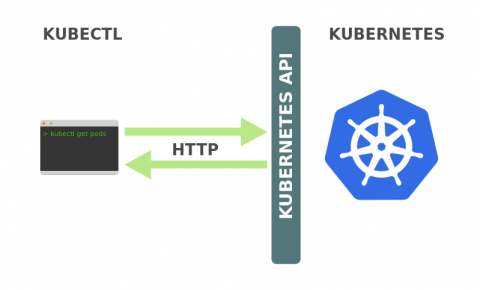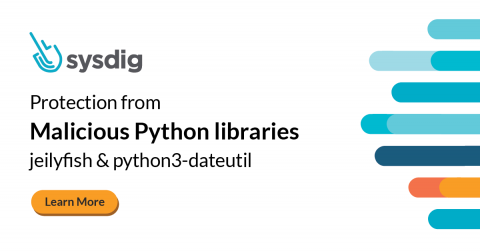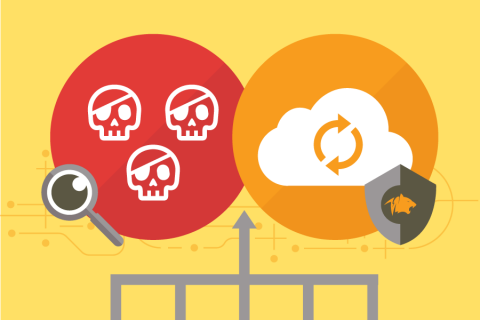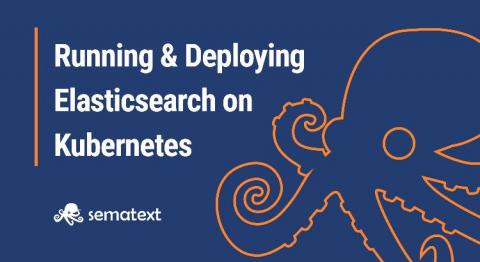How to View Logs in Kubectl
Kubernetes has become the de-facto solution for container orchestration. While it has, in some ways, simplified the management and deployment of your distributed applications and services, it has also introduced new levels of complexity. When maintaining a Kubernetes cluster, one must be mindful of all the different abstractions in its ecosystem and how the various pieces and layers interact with each other in order to avoid failed deployments, resource exhaustion, and application crashes.











